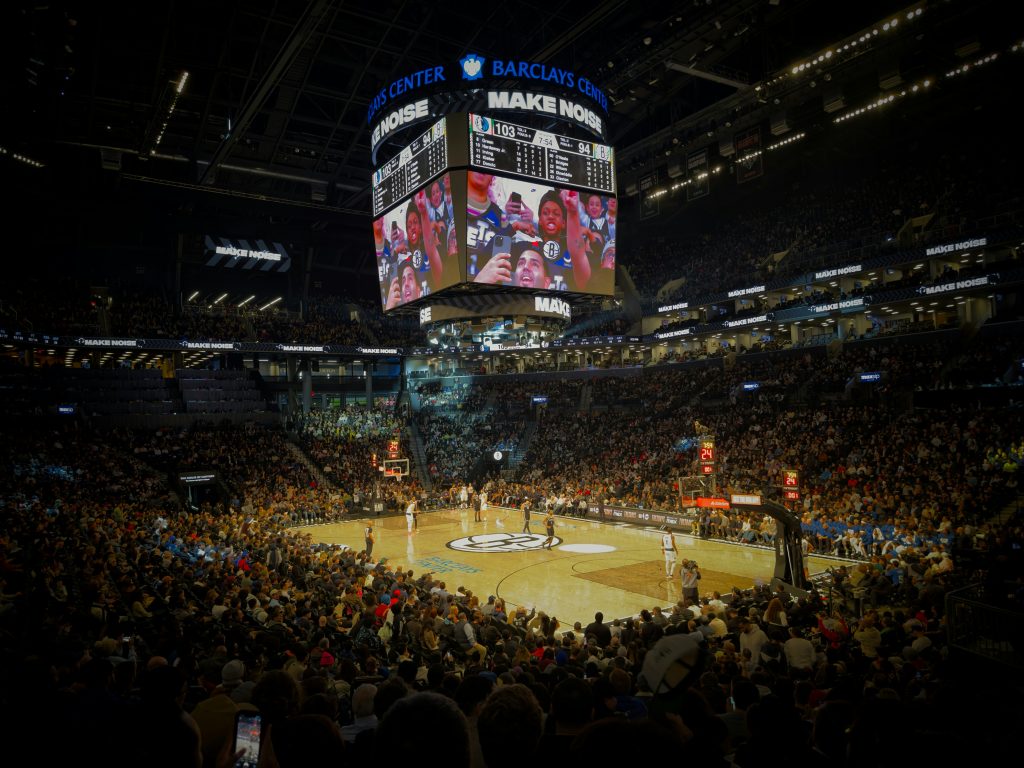作為一名對音樂充滿熱情的愛好者,我想向你們推薦一款我最近發現並深深迷戀上的工具——Suno AI。這是一款免費的人工智能音樂生成工具,讓你能輕鬆用文字創作出專屬的音樂和歌詞,甚至能生成出中文歌曲和獨具特色的廣東話/粵語歌!對於愛好音樂創作的人來說,這真的是個超棒的助手。
為什麼是 Suno AI?
首先,Suno AI 的操作非常簡單,即使你沒有任何音樂製作的經驗,只需簡單輸入文字描述,它就可以將你的靈感轉化為音樂和歌詞。特別是對於熱愛粵語流行音樂(Cantopop)的人來說,你可以通過提示詞的設置來生成具有粵語風格的作品,比如「Cantonese pop music」或「Cantonese Lyrics」。
不僅如此,Suno AI 讓你的創作過程變得更加個性化。例如,你可以選擇男聲還是女聲演唱,還能指定音樂風格,比如懷舊的粵語金曲,或是節奏感強的電子舞曲。每一段旋律、每一首歌,都可以被打造成完全屬於你的風格!
創作過程中的驚喜
我用 Suno AI 嘗試創作粵語歌曲時,感覺它就像是一個懂我內心的音樂夥伴。有一次,我輸入了一些關於「獅子山精神」的靈感,並設置了「Canton...
每年農曆正月廿六日,觀音開庫的日子如約而至,吸引著成千上萬的善信前來祈福借庫。這個傳統活動不僅是信徒們尋求精神慰藉的重要儀式,也成為了當地社區的一個文化盛事。在紅磡觀音廟,善信們早早地排起了長隊,等待著午夜時刻的到來。廟宇內外燈火通明,香煙繚繞,形成了一幅充滿祥和氣息的畫面。
本週日凌晨2時至上午11時,深圳灣口岸將因應第十五屆全國運動會馬拉松測試賽而暫停通關服務,影響範圍涵蓋了口岸周邊的道路及公共交通。這次測試賽不僅考驗著賽事的組織能力,也對交通管理提出了新的挑戰。為了確保賽事順利進行,政府採取了一系列臨時管制措施,以減少對市民日常生活的干擾。n### 深圳灣口岸暫停通關,市民出行需注意時間安排 [H2]
在這個星光璀璨的夜晚,香港馬王『浪漫勇士』踏上了一段充滿挑戰的旅程,它將在沙特阿拉伯的安都拉茲馬場出戰全球最高總獎金的賽事——沙特盃。這場賽事不僅是對『浪漫勇士』的一次重大考驗,更是它向世界展示其非凡實力的舞台。”:[H2:『浪漫勇士』的沙場首秀]:”:[H5:『浪漫勇士』的奮戰之路]:在這場總獎金高達二千萬美元的賽事中,『浪漫勇士』將面對來自世界各地的強勁對手。作為一匹在草地上表現出色的馬匹,這次它將首次挑戰泥地賽,這對於騎師麥道朗和『浪漫勇士』來說都是全新的體驗。雖然『浪漫勇士』最終獲得第二名,但它仍然帶回了三百五十萬美元的獎金,這筆獎金使它成為全球最高獎金的賽駒之一。[H5:沙場上的勇者精神]:『浪漫勇士』在沙特盃上的表現,不僅展現了它在逆境中的堅韌不拔,更彰顯了它作為馬王的尊嚴與風範。即使未能奪冠,『浪漫勇士』依然在沙場上留下了屬於自己的輝煌篇章。未來,『浪漫勇士』還將重返杜拜,參加4月5日的草地大賽,期待它再次展現驚人的速度與力量。[H5:馬王的未來展望]:隨著『浪漫勇士』的中東之旅不斷延伸,我們有理由相信,這匹勇敢的馬王將會在更多的賽事中展現出更加耀...
香港時間周六(22日)的英超賽事中,曼聯在客場面對由前領隊莫耶斯帶領的愛華頓。上半場結束時,曼聯已經以0:2落後。然而,在下半場,曼聯展現了他們的堅韌與鬥志,最終以2:2逼平對手,成功避免了聯賽的三連敗。”:[H2] 紅魔的逆襲:從落後到平局的驚險旅程 [H2]”:”:[H5] 曼聯的奮戰精神:逆境中的重生 [H5] 在這場激烈的對決中,曼聯並沒有放棄,而是展現了他們的不屈不撓。曼聯的隊長般奴費南迪斯在72分鐘時利用一次自由球機會破門得分,將比分拉近至1:2。8分鐘後,文路爾烏加迪也成功攻破對方大門,將比分扳成2:2。這一連串的進球不僅讓球迷們看得目不暇給,更展示了曼聯球員們的決心與毅力。[H5] 莫耶斯的執教首秀:愛華頓的強勢表現 [H5] 愛華頓在莫耶斯的帶領下,開場就展現了強勁的攻勢。球員比圖和杜哥利分別在19和33分鐘時攻入兩球,幫助愛華頓在上半場取得了兩球的領先優勢。愛華頓的表現讓人印象深刻,特別是比圖,他在近幾場聯賽中狀態火熱,共打入5球,顯示了他的進球能力。[H5] 曼聯的調整與反擊:般奴費南迪斯與烏加迪的貢獻 [H5] 對於曼聯來說,...
在歐聯淘汰圈附加賽次回合的激戰中,皇家馬德里主場迎戰英超勁旅曼城。最終,皇馬憑藉基利安麥巴比的大放異彩,以3:1擊敗曼城,總比分6:3成功晉級歐聯16強。這場比賽不僅展示了麥巴比的超凡表現,也讓球迷見證了皇馬在逆境中的不屈精神。nH2: 麥巴比的帽子戲法:皇馬逆轉勝的關鍵n在這場關鍵戰役中,麥巴比成為了皇馬的英雄。他在比賽中的出色表現,不僅幫助球隊取得勝利,更是在歐聯歷史上留下了濃墨重彩的一筆。麥巴比的三粒進球,如同夜空中最亮的星星,照亮了皇馬晉級的道路。nH5: 球迷狂歡:歐聯晉級的喜悅n當裁判終場哨聲響起,皇馬球員和球迷們歡呼雀躍,慶祝著這一偉大的勝利。這場勝利不僅為球隊帶來了榮耀,也為球迷帶來了無盡的喜悅。球迷們在社交媒體上分享著自己的歡樂,仿佛每一個人都是這場勝利的一部分。nH5: 教練的讚賞:麥巴比的表現令人驚嘆n皇馬主教練在賽後接受了採訪,他高度讚揚了麥巴比的表現,認為他的帽子戲法是球隊晉級的重要因素。教練表示,麥巴比在場上的每一次觸球都充滿自信,他的進球不僅展現了他的技術,更展現了他的決心和毅力。n在歐洲足壇,每支球隊都有自己的傳奇故事,而這場比賽...
在近期的反腐敗行動中,一位曾經身居高位的國家領導人蔣超良的名字再次成為了焦點。作為十四屆全國人大常委會委員及農業與農村委員會副主任委員,蔣超良因涉嫌嚴重違紀違法行為,目前正接受中央紀委國家監委的紀律審查和監察調查。這位前湖北省委書記在2020年2月因疫情爆發而被免職,如今他的案件再度引起了社會的廣泛關注。
在國家監察體系的一次重要行動中,蔣超良,這位曾擔任過湖北省黨委書記的重要官員,如今因涉嫌嚴重違紀違法而成為了全國輿論的焦點。蔣超良自2020年2月從湖北省委書記的位置上卸任以來,一直處於公眾的視野之外。如今,他再次進入公眾視線,但這次卻是因為被卷入了違紀違法的風波之中。n### 從權力巔峰跌落:蔣超良的曲折人生
近日,中國政壇再度迎來一波震動,根據中央紀委國家監委的公告,十四屆全國人大常委會委員、農業與農村委員會副主任委員蔣超良因涉嫌嚴重違紀違法,目前正接受紀律審查和監察調查。這起案件不僅再次引起公眾對於高層官員廉政問題的關注,也為當前的政治環境增添了一抹陰影。
在權力的舞台上,每個角色都可能成為風暴的中心。近日,十四屆全國人大常委會委員、農業與農村委員會副主任委員蔣超良因涉嫌嚴重違紀違法,成為了眾人矚目的焦點。這一事件不僅揭示了權力監督的重要性,也再次喚起了公眾對於政治清廉的關注。

















